#Virtuoso Goldsmiths and the Triumph of Mannerism
Photo
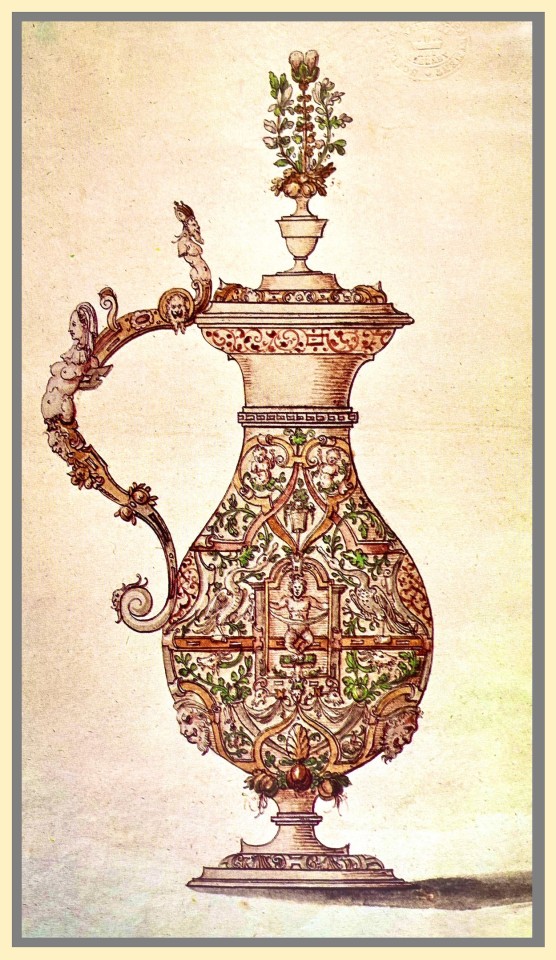

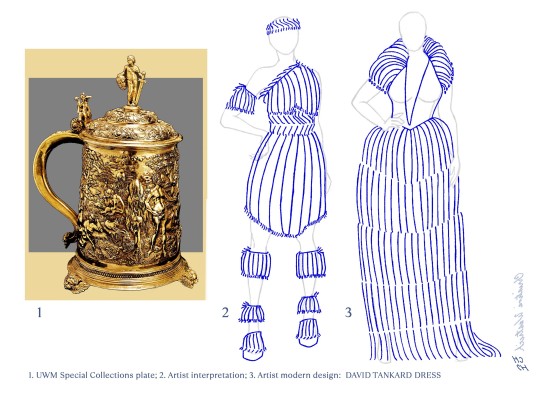

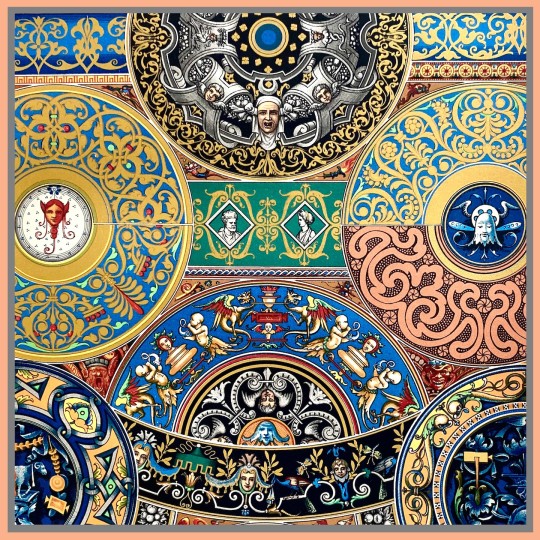
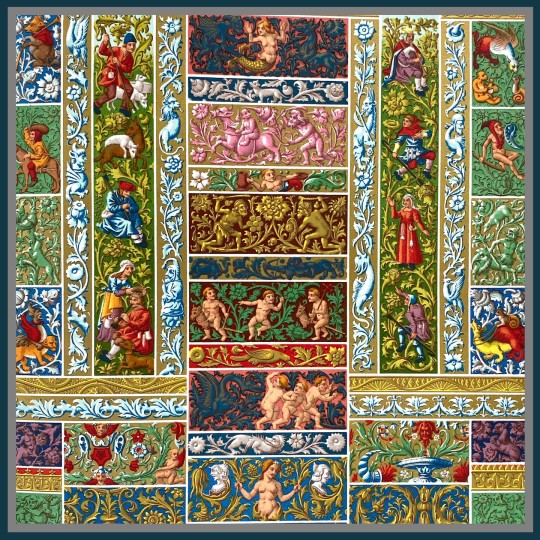

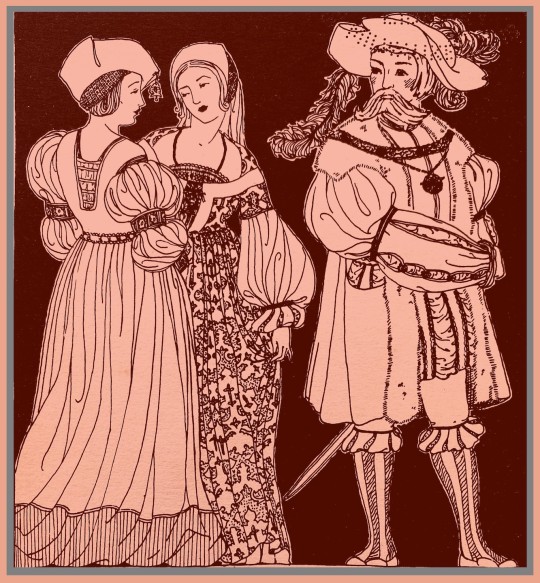
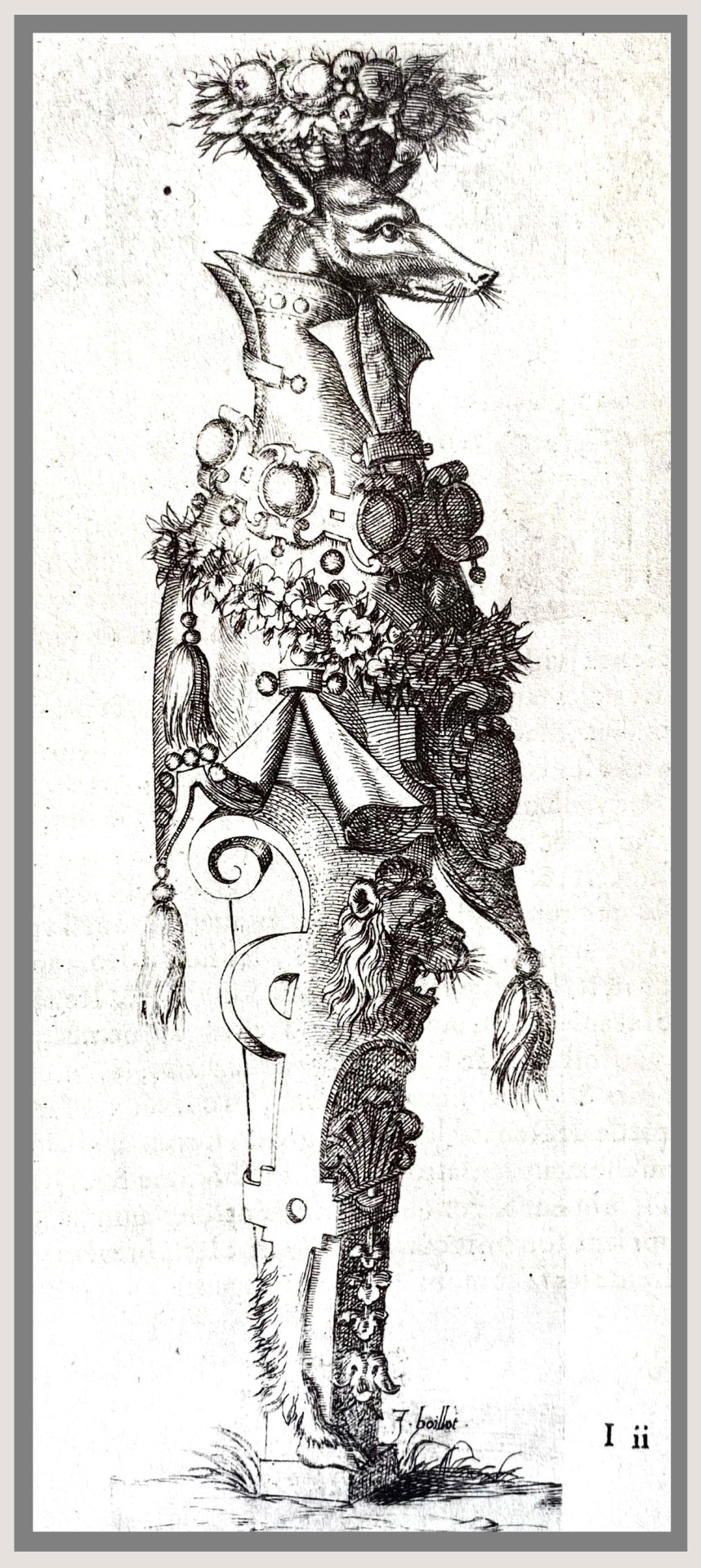
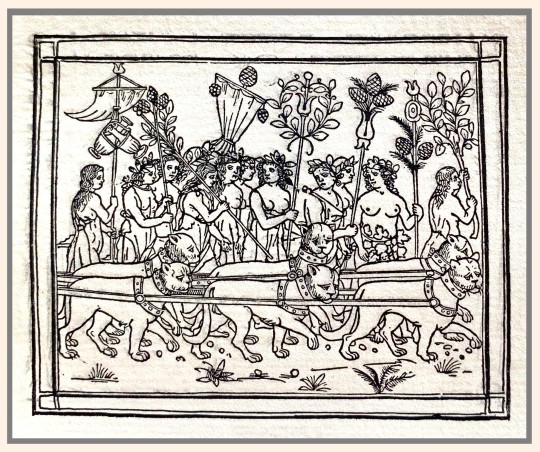
Fashion Friday: The Mannerism of Michelangelo
The Renaissance period is often synonymous with the greats of Michelangelo, Da Vinci, and young Raphael. These master painters poised "imitation" as preeminent beauty, art as poetry—ut pictura poesis—with Michelangelo arguably harnessing the peculiarities of the human spirit most adeptly in his abstract sprawl of figures, elongating their unseen beauty.
A Renaissance essay on Michelangelo by the nineteenth century art critic Walter Horatio Pater investigates the imagination of the master, calling attention to the artist's wayward loves-at-first-sight and their contradictions with the sculptor's mantra of la dove io t'amai prima, or, where I loved you before. Pater argues that it is precisely this paradox that comprises harmony: the delight between the sweet and the strange.
Pater repudiated his own time of the Victorian era, acclaiming the decadence of the Renaissance period as the seizing of life, or more aptly in his own words on living:
...to grasp at any exquisite passion... or any stirring of the senses, strange dyes, strange colours, and curious odours, or the work of the artist's hands, or the face one's friend.
It is in his words that we can embrace the unnatural grace of the late Renaissance, the period adorned with the Mannerist style of bold outlines, objects at-play with nature, and form with fantastical animal-humans. This unique style of the Renaissance is attributed to Michelangelo's successors who desperately tried to imitate his alien elegance.
Hidden in the figures of Michelangelo are these languid features, satyrs in repose, where solemnity and "faces charged with dreams" dictate, as described by Pater. Darting poetic thoughts give us a glimpse of the bittersweet temperament of Michelangelo's genius. He wrote of his torments in the pagan frivolities of endless quarrelling and his anger at the Gods for loving him so that he reached an age of eighty-eight years.
In all of his years, Michelangelo claimed his figures to be common, austere persons, yet his hand rendered an inherent surprise and energy that future imitators would exploit in quirky forest gods and lovely monsters.
Ergo, my first fashion plate is titled "DRAGON EWER Dress," odd, but not as eccentric as the last two designs; perhaps you can trace the growth of the outlandish creature in each iteration.
Here is a listing of sources from the UWM Special Collections which I have augmented with digital color and outline to emphasize particular details of my inspiration:
1) A watercolor drawing by (or after) Wenzel Jamnitzer, circa 1575 in the Virtuoso Goldsmiths and the Triumph of Mannerism, published by Rizzoli International in 1976.
2-4) My interpretation and contemporary design of the DRAGON EWER Dress, SNAIL CUP Dress and DAVID TANKARD Dress based on Renaissance period vessels between 1540 to 1590 as published in the Virtuoso Goldsmiths and the Triumph of Mannerism, published by Rizzoli International, in 1976.
5, 6) French Renaissance plates of frieze borders in Rouen prayer books from 1508; and painted enamel work of Limoges under Italian faience between 1520 and 1540 as published in the Das polychrome Ornament: Hundert Tafeln, by P. Neff in 1880.
7) Walter Pater included an image of Michelangelo's The Holy Family, or, Doni Madonna, at the Uffizi in Florence, Italy in his aethesticism manifesto, The Renaissance: Studies in Art and Poetry, published by the Limited Editions Club, Stamperia Valdonega in 1976.
8) Costume of the early sixteenth century often in velvets (red is common) and embellished with fewels, gold, lace, fur and feathers as illustrated by Belle Northrup in A Short Description of Historic Fashion published by the Teachers College at in 1925.
9) An 1592 engraving by Joseph Boillot titled Et Levrs Antipatie (possible translation Antipathy Lips) as published The Renaissance in France: Illustrated Books from the Department of Printing and Graphic Arts, by the Houghton Library, Harvard University in 1995.
10) A drawing or possible woodcut of indentured lions as published in Thomas Wood Stevens' Book of Words: A Pageant of the Italian Renaissance, published by the Alderbrink Press at the Art Institute Chicago in 1909 for the Antiquarian Society.
View my other posts on historical fashion research in Special Collections.
View more Fashion posts.
—Christine Westrich, MFA Graduate Student in Intermedia Arts
#Fashion Friday#graduate research#Christine Westrich#Renaissance#Renaissance fashion#fashion#costumes#costume design#fashion design#fashion plates#Michelangelo#Walter Horatio Pater#Virtuoso Goldsmiths and the Triumph of Mannerism#Das polychrome Ornament#The Renaissance: Studies in Art and Poetry#A Short Description of Historic Fashion#The Renaissance in France#Book of words; a pageant of the Italian renaissance
92 notes
·
View notes